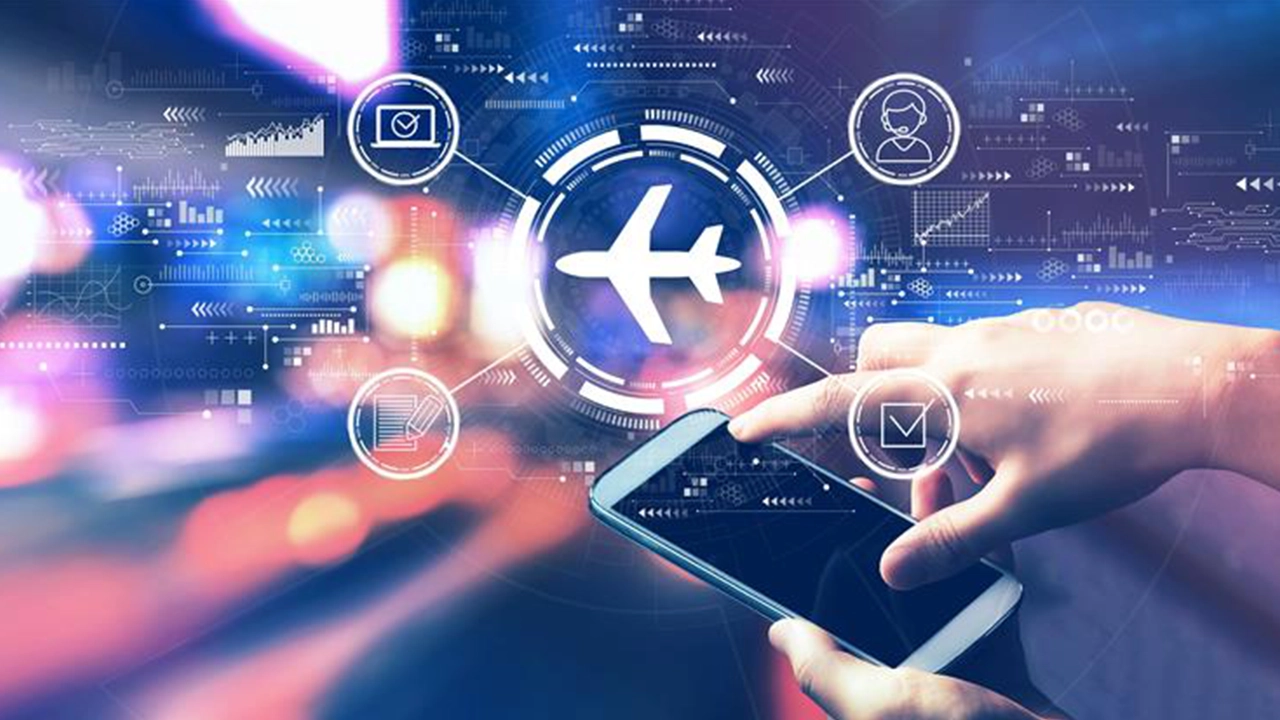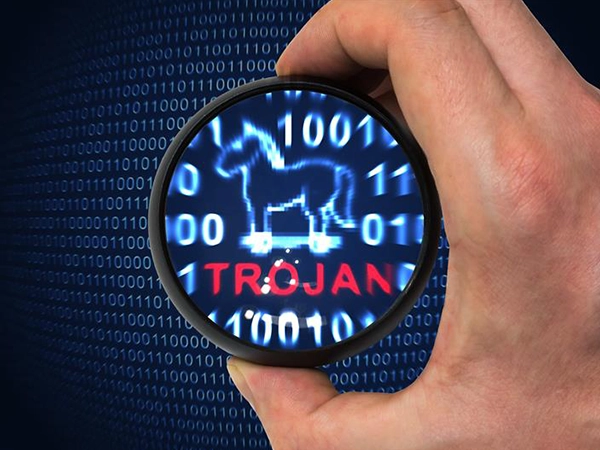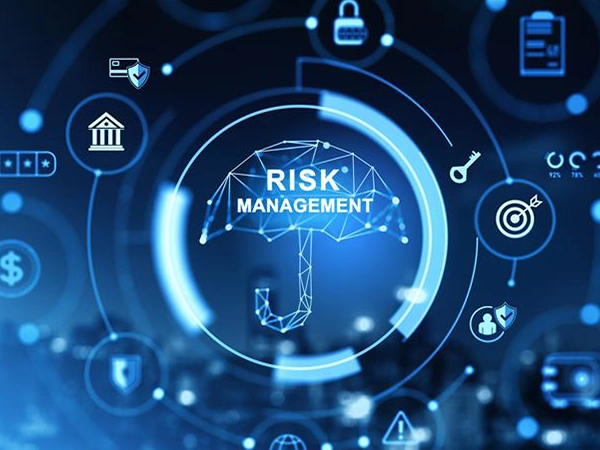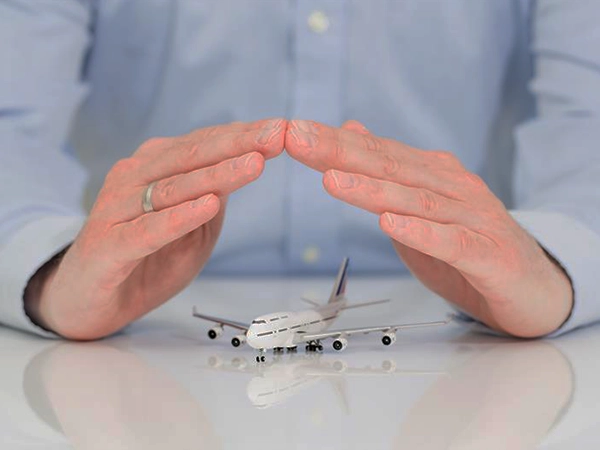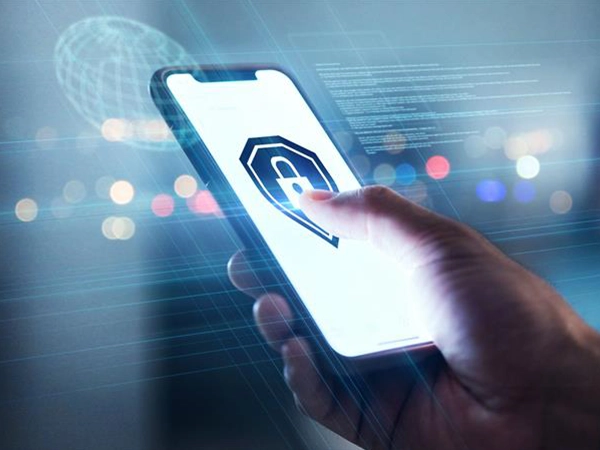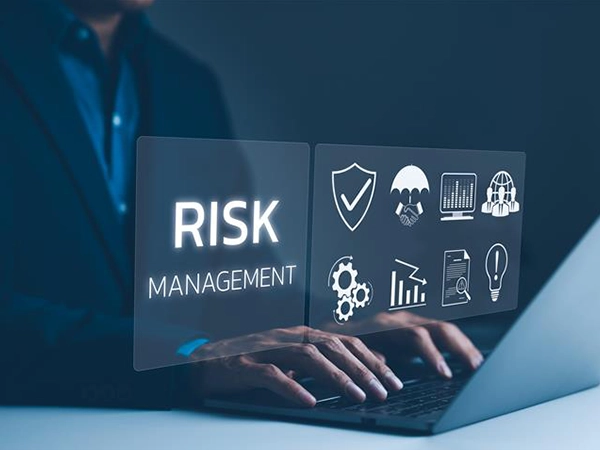As India’s aviation sector continues to expand at a breathtaking pace, so too does its digital footprint. With new airports, airlines, and technologies becoming commonplace, the industry is more interconnected than ever before. This digital transformation, while a catalyst for efficiency and a better passenger experience, has also created a larger and more enticing attack surface for cyber threats. In this mobile-first world, where a single compromised device can have cascading effects on an entire operation, securing the mobile ecosystem is no longer a luxury—it’s a non-negotiable cybersecurity foundation in aviation operations. This is where the powerful combination of Mobile Threat Defense (MTD) and Mobile Device Management (MDM) comes into play, offering a robust, multi-layered defense for India’s skies.
The Mobile-First Threat Landscape in Aviation
The modern Indian aviation industry operates on a mobile-first philosophy. Pilots use Electronic Flight Bags (EFBs) on tablets for navigation and flight data, ground crews use smartphones to manage baggage and maintenance, and airline staff rely on mobile devices for ticketing, customer service, and real-time communication. This reliance, however, introduces significant and unique risks:
- Phishing and Malware: A single deceptive message can compromise an employee’s credentials, giving attackers a key to the entire corporate network.
- Unsecured Networks: Connecting to public Wi-Fi at airports creates a vulnerability, allowing attackers to intercept and steal sensitive data.
- Physical Loss or Theft: A lost or stolen device is a physical security breach, potentially giving a malicious actor direct access to critical flight and passenger data.
- Compromised Apps: Malicious or buggy applications on a device can act as a hidden backdoor, allowing attackers to exploit the device and steal sensitive information.
A real-world example of mobile vulnerability was seen in the 2017 incident involving British Airways, where pilot iPads used as Electronic Flight Bags were infected by malware after connecting to unsecured hotel Wi-Fi. While it did not cause immediate disruption, it highlighted how a single mobile compromise could jeopardize aviation operations and passenger safety.
Mobile Device Management (MDM): The Foundation of Order
Think of MDM as the air traffic control for your organization’s mobile devices. It is the first line of defense, a policy-driven solution that provides IT administrators with centralized control, ensuring every device is a secure and compliant entity. In the context of Indian aviation, a robust MDM solution can:
- Enforce Security Policies: MDM centrally mandates security rules like strong passcodes and encryption, safeguarding critical data on every device.
- Simplify Device Provisioning: MDM automates the setup of new devices, ensuring a large fleet is configured securely and ready for use from day one.
- Remote Management and Data Protection: If a device is lost or stolen, MDM allows administrators to remotely lock or wipe it, protecting sensitive information.
- App Management: MDM gives IT full control over applications, allowing for a secure corporate app store and the ability to restrict unapproved or malicious software.
These capabilities align with global standards like ISO/IEC 27001 Annex A controls (particularly A.6, A.12, A.13), ISO/IEC 27017 (cloud security), and ISO/IEC 27018 (PII protection), ensuring security compliance across the aviation mobile ecosystem. They also support implementation of the DGCA’s guidelines on securing digital systems in Indian aviation.
Mobile Threat Defense (MTD): The Proactive Guardian
While MDM is about managing and enforcing security policies, MTD is a proactive security layer that actively detects and responds to threats in real-time. It moves beyond simple management to provide continuous threat intelligence. MTD solutions are essential for the aviation sector because they can:
- Detect Real-time Threats: MTD provides a crucial layer of active defense by continuously monitoring devices for malware, phishing, and other attacks.
- Behavioral Analysis: Using machine learning, MTD detects suspicious and unusual activity on a device that traditional security methods often miss.
- On-device Protection: MTD operates directly on the device, ensuring it is always protected from threats, even when offline or on public networks.
- Automated Remediation: MTD automatically acts against detected threats, neutralizing them by blocking access or isolating the compromised device.
Modern MTD solutions integrate threat intelligence feeds such as MITRE ATT&CK to identify tactics and techniques used by attackers. They are also capable of detecting multiple types of phishing including SMS-based (smishing), email-based phishing, and rogue mobile applications designed to trick users into sharing sensitive information. Furthermore, MTD supports Zero Trust principles by continuously validating the security posture of the device before granting access to critical aviation systems. These features also align with the NIST SP 800-124r2 guidelines for enterprise mobile device security.
The Synergy: MTD and MDM Together
The true power lies in the seamless integration of MTD and MDM. When these two solutions work in tandem, they create a comprehensive, multi-layered security framework that provides both control and real-time defense.
- Enhanced Visibility: The MTD solution provides real-time threat intelligence to the MDM platform, offering a unified dashboard for a complete view of both device management and security risks.
- Automated, Context-Aware Response: The MDM can use the threat data from MTD to automatically enforce policies. For example, if MTD detects a high-risk phishing attack on a pilot’s device, the integrated MDM can automatically restrict its access to critical flight systems until the threat is neutralized. This automated synergy is vital in an industry where every second counts.
- Streamlined Compliance: By combining management and threat detection, the integrated solution simplifies compliance with aviation-specific regulations and data privacy laws, providing detailed, real-time reports for audits.
Together, MDM and MTD help aviation stakeholders align with the cybersecurity principles of the International Civil Aviation Organization (ICAO), which advocate for risk-based management of digital assets and the protection of aviation’s interconnected infrastructure.
Conclusion: A Secure Flight Path for India’s Aviation
As India’s aviation sector continues to soar, the need for robust cybersecurity measures will only intensify. The mobile ecosystem, while a source of incredible efficiency, is also a significant vulnerability. By implementing a combined Mobile Threat Defense and Mobile Device Management strategy, Indian airlines and airports can not only protect their sensitive data and infrastructure but also ensure the safety and security of millions of passengers. It’s a proactive investment that secures the present and paves the way for a safer, more resilient future in the skies.

